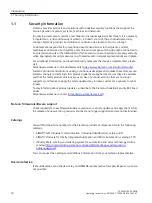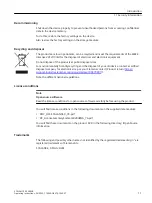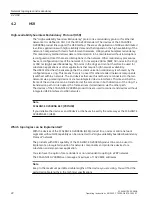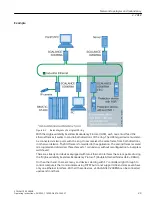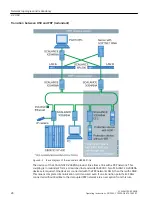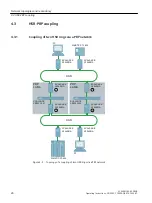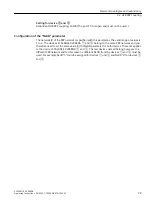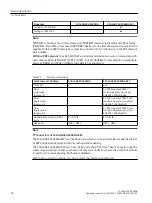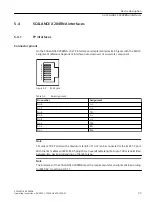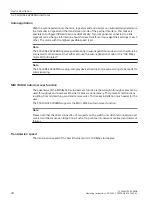
Example
Figure 4-2
Basic diagram of a single HSR ring
With the High-availability Seamless Redundancy Protocol (HSR), each node must feed the
Ethernet frames it wants to send in both directions of the ring. The HSR target device must also
be connected via two ports with the ring. It now receives the same frame from both directions,
in other words twice. The first frame is forwarded to the application. The second frame received
is recognized and discarded. This achieves N-1 redundancy without reconfiguration (= bumpless
switchover).
There are already end devices equipped with two Ethernet interfaces that are capable of using
the "High-availability Seamless Redundancy Protocol" (Double Attached Nodes HSR = DANH).
On the other hand, there are many end devices starting with S7 controllers right through to
control computers that communicate using TCP/IP but do not support HSR and some even have
only one Ethernet interface. With all these devices, a SCALANCE X-200RNA can be connected
upstream from them.
Network topologies and redundancy
4.2 HSR
SCALANCE X-200RNA
Operating Instructions, 04/2022, C79000-G8976-C342-07
23


